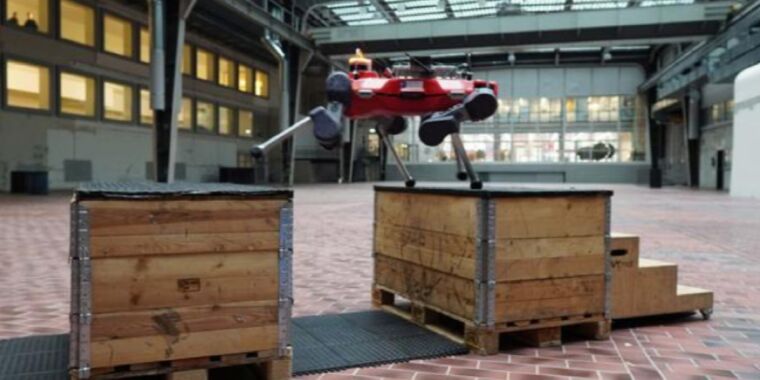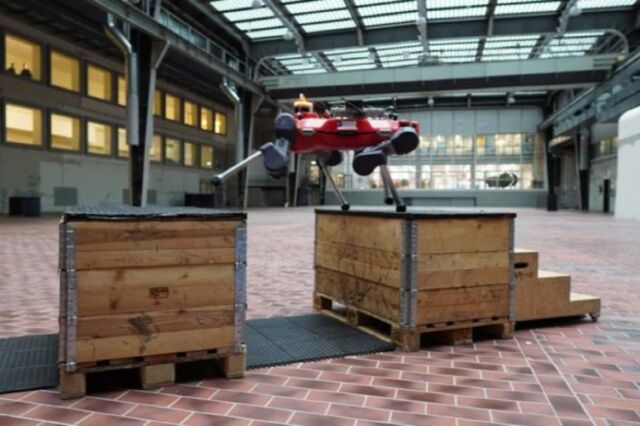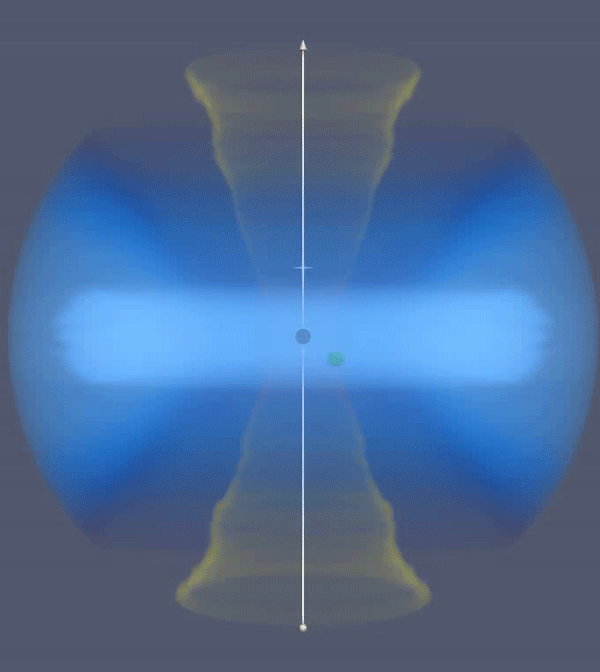Proteins let cells remember how well their last division went
Well, that went badly —
Scientists find a “mitotic stopwatch” that lets individual cells remember something.

When we talk about memories in biology, we tend to focus on the brain and the storage of information in neurons. But there are lots of other memories that persist within our cells. Cells remember their developmental history, whether they’ve been exposed to pathogens, and so on. And that raises a question that has been challenging to answer: How does something as fundamental as a cell hold on to information across multiple divisions?
There’s no one answer, and the details are really difficult to work out in many cases. But scientists have now worked out one memory system in detail. Cells are able to remember when their parent had a difficult time dividing—a problem that’s often associated with DNA damage and cancer. And, if the problems are substantial enough, the two cells that result from a division will stop dividing themselves.
Setting a timer
In multicellular organisms, cell division is very carefully regulated. Uncontrolled division is the hallmark of cancers. But problems with the individual segments of division—things like copying DNA, repairing any damage, making sure each daughter cell gets the right number of chromosomes—can lead to mutations. So, the cell division process includes lots of checkpoints where the cell makes sure everything has worked properly.
But if a cell makes it through all the checkpoints, it’s presumably all good, right? Not entirely, as it turns out.
Mitosis is the portion of cell division where the duplicated chromosomes get separated out to each of the daughter cells. Spending a lot of time in mitosis can mean that the chromosomes have picked up damage, which may cause problems in the future. And prior research found that some cells derived from the retina will register when mitosis takes too long, and the daughter cells will stop dividing.
The new work, done by a team of researchers in Okinawa, Japan, and San Diego, started by showing that this behavior wasn’t limited to retinal cells—it seems to be a general response to a slow mitosis. Careful timing experiments showed that the longer cells spent trying to undergo mitosis, the more likely the daughter cells would be to stop dividing. The researchers term this system a “mitotic stopwatch.”
So, how does a cell operate a stopwatch? It’s not like it can ask Siri to set a timer—it’s largely stuck working with nucleic acids and proteins.
It turns out that, like many things relayed to cell division, the answer comes down to a protein named p53. It’s a protein that’s key to many pathways that detect damage to cells and stop them from dividing if there are problems. (You may recall it from our recent coverage of the development of elephant stem cells.)
A stopwatch made of proteins
The researchers found that, while mitosis was going on, p53 started showing up in a complex with two other proteins (ubiquitin-specific protease 28 and the creatively named p53-binding protein 1). If you made mutations in one of the proteins that blocked this complex from forming, the mitotic stopwatch stopped ticking. This three-protein complex only started building up to significant levels if mitosis took longer than usual, and it remained stable once it formed so that it would get passed on to the daughter cells once cell division was completed.
So, why does this complex form only when mitosis takes longer than usual? The key turned out to be a protein called a kinase, which attaches a phosphate to other proteins. The researchers screened chemicals that inhibit specific kinases that are active during mitosis and DNA repair, and found a specific one that was needed for the mitotic stopwatch. In the absence of this kinase (PLK1, for the curious), the three-protein complex doesn’t form.
So, the researchers think that the stopwatch looks like this: during mitosis, the kinase slowly attaches a phosphate to one of the proteins, allowing it to form the three-protein complex. If mitosis gets done quickly enough, the levels of this complex don’t get very high, and it has no effect on the cell. But if mitosis goes more quickly, then the complex starts building up, and it’s stable enough that it’s still around in both daughter cells. The existence of the complex helps stabilize the p53 protein, allowing it to stop future cell divisions once it’s present at high enough levels.
Consistent with this idea, all three of the proteins in the complex are tumor suppressors, meaning that mutations in them make tumor formation more likely. The researchers confirmed that the mitotic stopwatch was frequently defective in tumor samples.
So, that’s how individual cells manage to store one of their memories—the memory of problems with cell division. The mitotic stopwatch, however, is just one of the memory storage systems, with completely separate systems handling different memories. And, at the same time this is happening, a large number of other pathways also feed into the activity of p53. So, while the mitotic stopwatch may efficiently handle one specific type of problem, it’s integrated into a lot of additional, complex systems operating in the cell.
Science, 2024. DOI: 10.1126/science.add9528 (About DOIs).
Proteins let cells remember how well their last division went Read More »

























